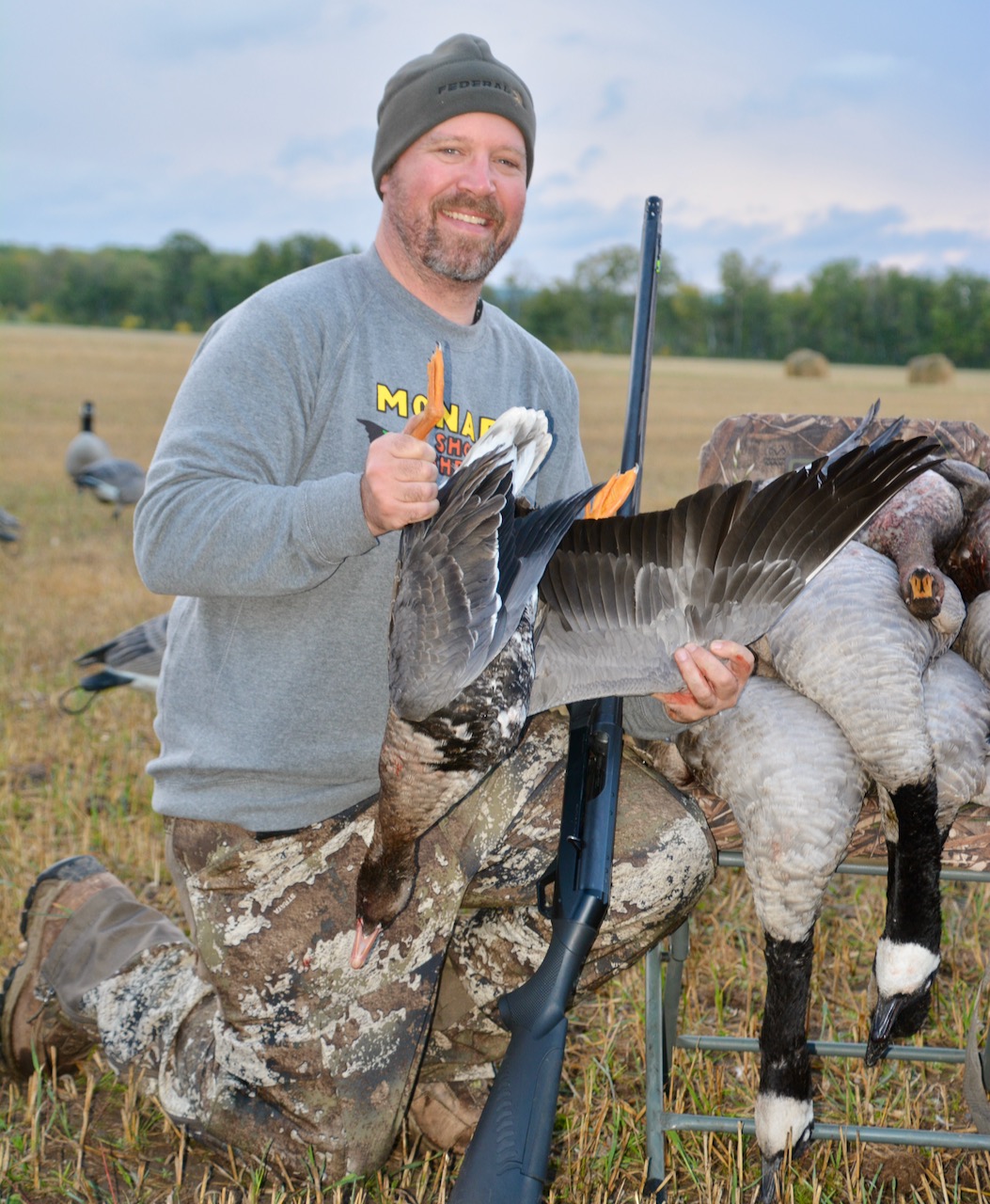BEYOND LEAD
With so many non-toxic shotshell options now available, choosing just the right waterfowl load can be confusing. Our primer is here to help
Advertisement

PELLET SIZE & WEIGHT
The first principle to keep in mind is that round pellets have pretty poor ballistic properties—due to air resistance they slow down rapidly and therefore lose energy quickly. Another truism is that the smaller the pellet, the less the air resistance, allowing it to carry its energy further—think of throwing a baseball compared to a softball. Smaller pellets also translate to denser downrange patterns, and that means greater effective range, given that it usually takes more than one pellet to kill a bird. Be aware, however, that everything else being equal, heavier pellets carry more energy than lighter ones, and they’ll carry that energy further downrange.
What it all boils down to is that hunters need to find a balance between pattern density and pellet energy when selecting the most appropriate shotshell for any particular hunting scenario. Pattern density is largely influenced by pellet diameter (you can fit more small pellets into a shell than you can larger ones), while pellet energy is largely influenced by pellet weight.
Advertisement
As for the pellet’s weight, that depends on the metal used in its production, specifically as it relates to density. Density is directly correlated to a pellet’s ability to penetrate, and it’s penetration that typically contributes most to killing a duck or goose. Heavier metals carry their velocity and energy further, thus they have the ability to penetrate at greater distances. Think about the difference between being hit by a baseball or a tennis ball thrown at the same speed. Steel is the lightest non-toxic option, at 7.8 grams per cubic centimetre, while pure tungsten is the heaviest (19.3) followed by bismuth (9.6). In comparison, lead is 11.3.
Density also influences shot size. Denser pellets mean you can move down to a smaller shot size while retaining the same or better lethality. And remember, you can pack more small pellets into a shotshell than larger ones, and more pellets equals denser downrange patterns. That means there’s more likelihood you’ll hit a bird with a greater number of pellets.
And here we reach that daunting spot where the rubber really hits the road. If you select a non-toxic pellet material other than steel because you want greater pellet weight, you’d best be prepared to open your wallet a little more widely.
Advertisement

